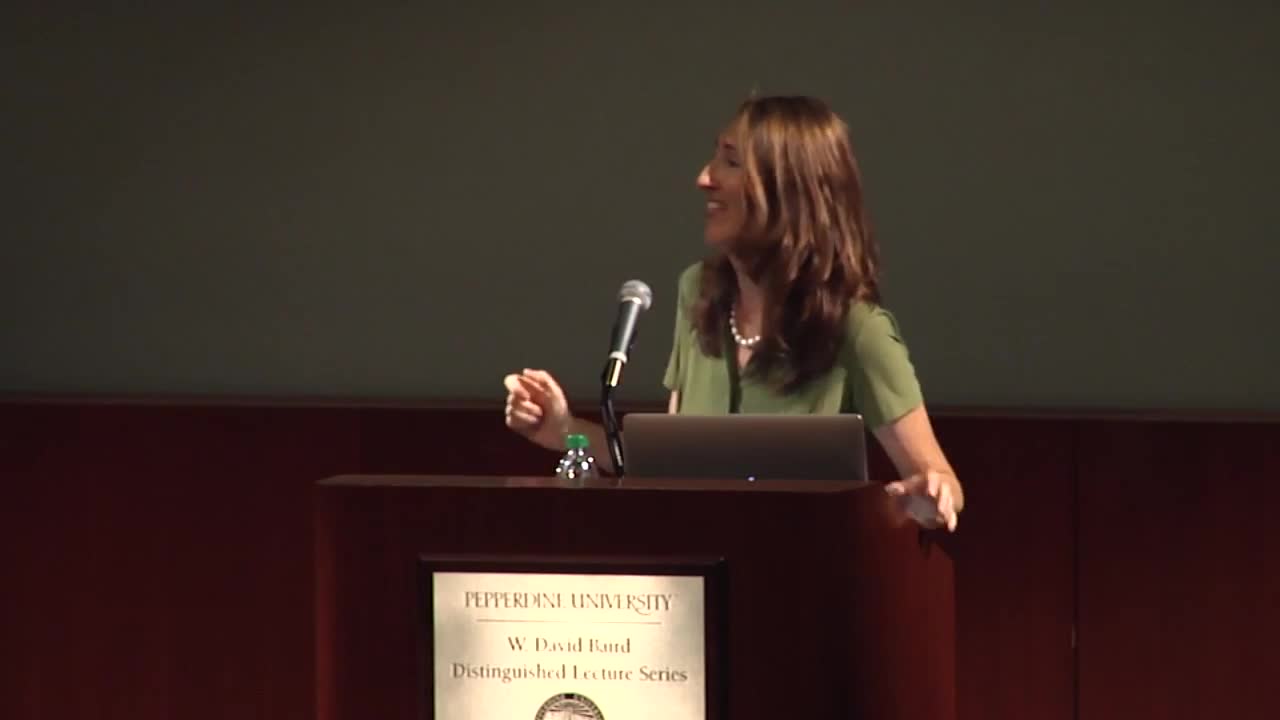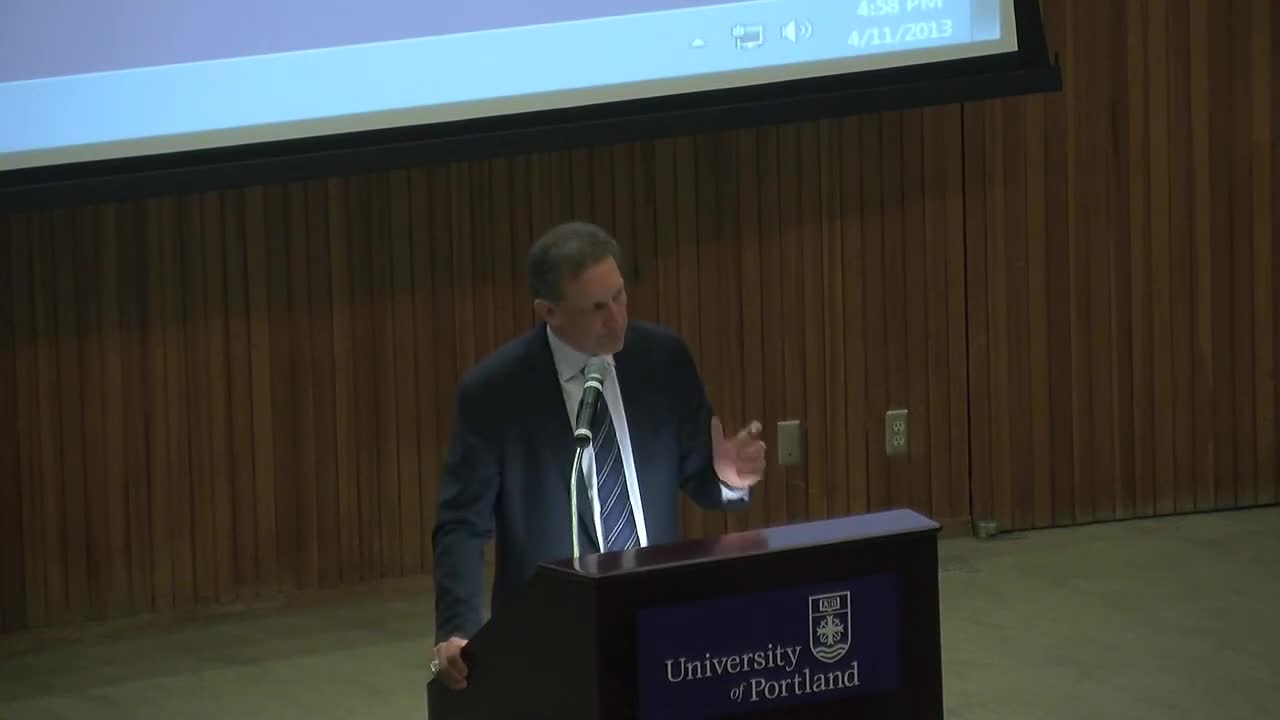Community Building
Community building is the strategic process of creating, nurturing, and sustaining relationships among individuals who share common goals, values, or interests. This essential practice has gained increased importance recently, especially in the context of both online and offline environments. With rising social disconnection and the growing impact of digital platforms, effective community building not only enhances social capital but also promotes a sense of belonging, engagement, and support among members. Understanding community management strategies is critical for fostering both active participation and a cohesive identity within these networks. Successful community building hinges on several core elements, including a clear purpose, an engaging platform, and transparent communication. By leveraging online community platforms, such as forums and social media, members can connect and collaborate regardless of geographical barriers. Furthermore, community engagement initiatives, encompassing events, workshops, and collaborative projects, encourage member involvement and contribute significantly to overall satisfaction and retention. Attention to member feedback through structured surveys and consistent interaction helps to ensure communities remain dynamic and adaptable to evolving needs. The relevance of community building is reflected in its extensive applications—from enhancing corporate cultures and driving business growth to supporting educational initiatives and local activism. As communities strive to amplify their impact on social change and personal development, they reaffirm the enduring value of creating spaces where individuals feel valued, included, and empowered to contribute actively. In this ever-evolving landscape, strategic community management emerges as a key driver of success across various sectors and interests.
What is Tina Huang's vision for her business and community?
Tina envisions creating a place where ambitious people find resources, hope, and community to consistently self-study and work toward fulfilling lives. She believes consistent self-learning is the keystone habit that bridges the gap between dreams and productivity. Her practical implementation includes weekly YouTube content focused on self-learning and productivity, a personal newsletter documenting her learning journey, strengthening her Discord community of 9,000 members, and developing a course/program with its own supportive community to help people accomplish their visions through collaborative learning.
Watch clip answer (03:28m)How has LinkedIn's algorithm changed and what strategy works well for B2B companies today?
LinkedIn's algorithm is constantly changing, shifting away from the historical model where followers automatically saw company updates. Today's effective approach is more focused on outbound engagement and community management rather than just pushing out content. Social listening has become crucial - identifying relevant conversations, adding meaningful comments, and engaging with existing content posted by others. This strategy drives better traffic and engagement to company pages while cultivating the two-way conversations people value on social media. Though companies still share owned content like announcements and webinars, the outbound approach is currently working best with LinkedIn's algorithm.
Watch clip answer (01:46m)What are the deeper meanings behind the greetings 'aloha' and 'namaste'?
Contrary to popular belief, 'aloha' and 'namaste' are not just simple greetings but carry profound spiritual significance. At their core, these words express respect and recognition of the eternal divine spirit within each person. They acknowledge our universal connection as children of God, transcending differences in race, religion, ethnicity, politics, and social status. By greeting others with 'aloha' and 'namaste,' we open the door to meaningful dialogue that moves beyond divisiveness and partisanship, creating space for deeper exchanges based on our shared humanity.
Watch clip answer (01:09m)What role did users play in Twitter's most successful features?
According to Jack Dorsey, users played a fundamental role in Twitter's most successful features. He emphasizes that elements like the retweet, reply functionality, and even the word 'tweet' itself all originated from Twitter's user community rather than being company innovations. Dorsey highlights how users essentially defined the platform for themselves, creating the very features that would become central to Twitter's identity and success. This organic, user-driven development represents a key factor in Twitter's evolution from its early days into the influential information network it later became.
Watch clip answer (00:09m)What does research show about the effects of social media on happiness?
Dr. Lyubomirsky explains that research on social media's impact on happiness shows mixed results. For people with unique conditions or challenges (like having a disabled child or being shy), online communities can be extremely beneficial by providing support and connection. However, studies also indicate that social media use can increase feelings of depression, as people tend to share only positive highlights of their lives, leading others to make unfavorable comparisons. The effects largely depend on how social media is used rather than simply whether it's used. Dr. Lyubomirsky emphasizes that moderation is key – invoking Aristotle's concept of the 'golden mean' – suggesting that balanced technology use is essential for maintaining well-being.
Watch clip answer (01:45m)How has the San Francisco Giants utilized social media to connect with their fans?
The Giants have embraced social media as a powerful tool to strengthen their bond with fans, encouraging players and coaches to engage in ways that cement these relationships. Over the past three years, their social media presence has exploded, building a community of 1.6 million Facebook followers, 400,000 Twitter followers, and 200,000 Instagram followers. Larry Baer, the Giants' CEO, emphasizes that social media has been instrumental in further connecting the team with fans in real-time, creating deeper engagement beyond the ballpark experience. This strategy has allowed the organization to integrate fans into the team's narrative and foster a thriving community around baseball.
Watch clip answer (00:43m)




